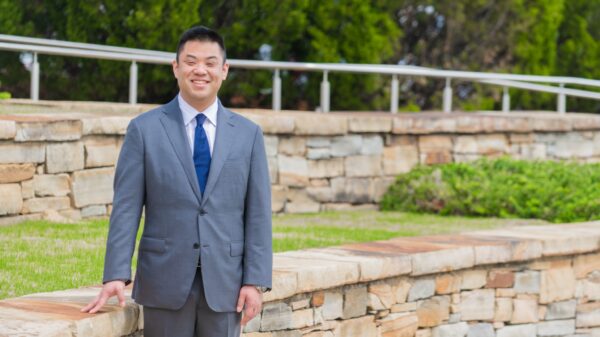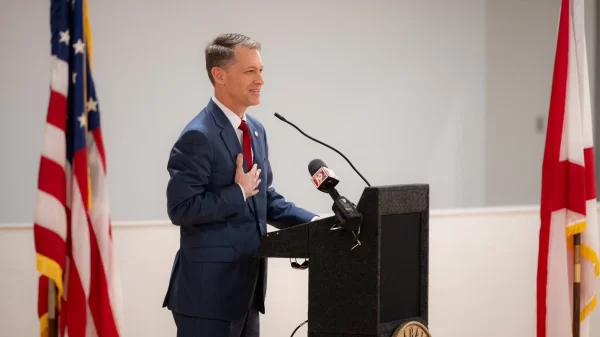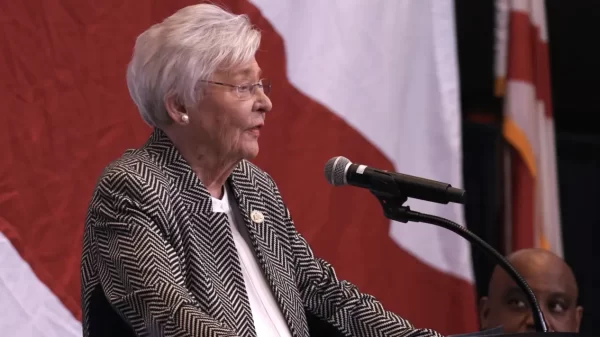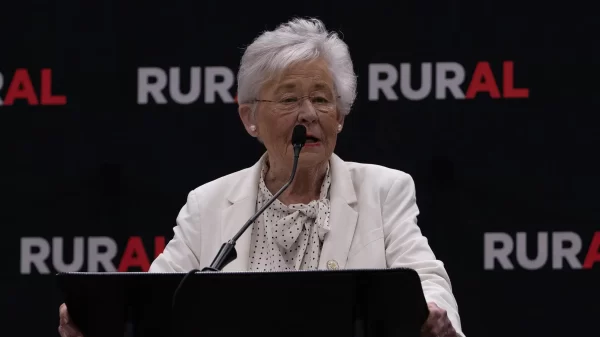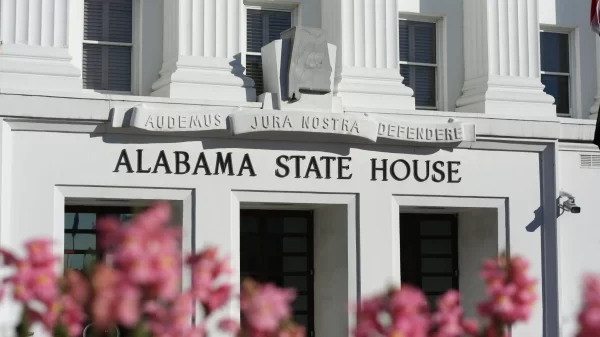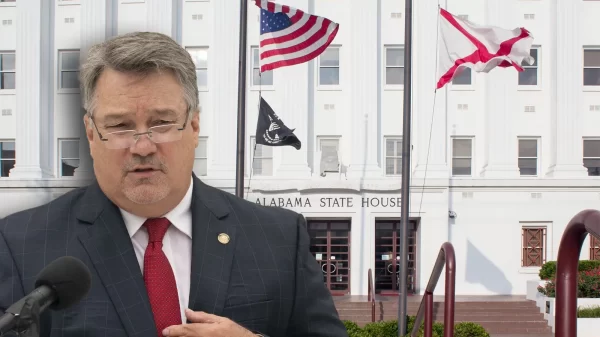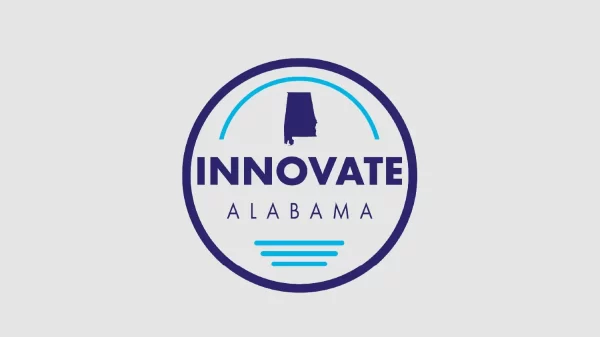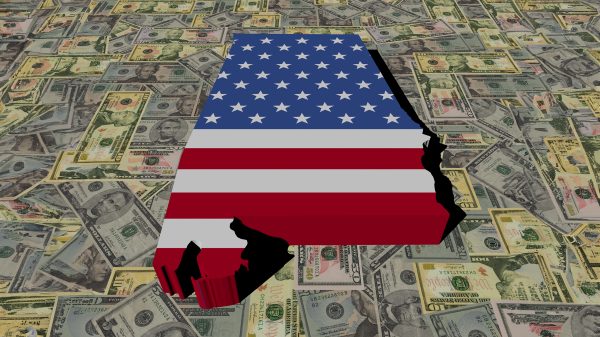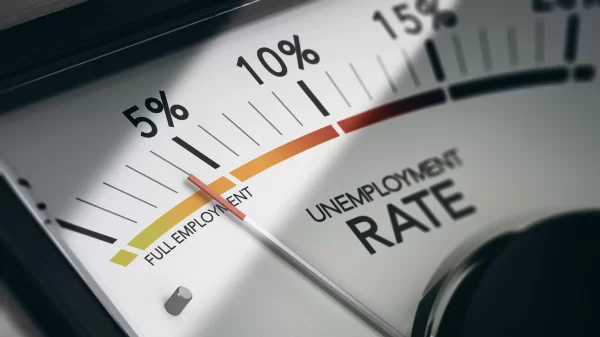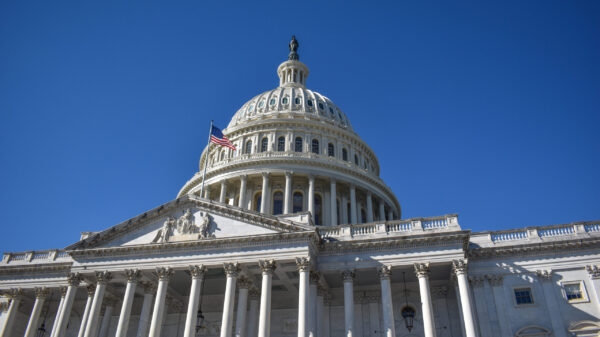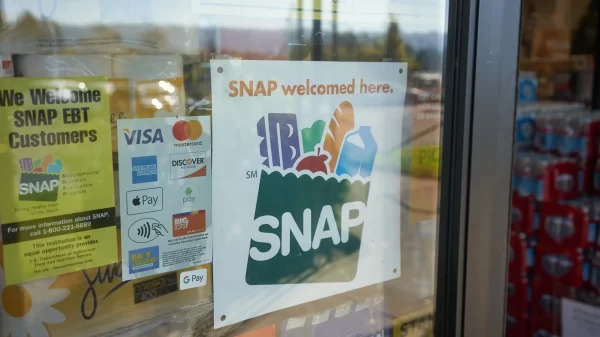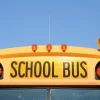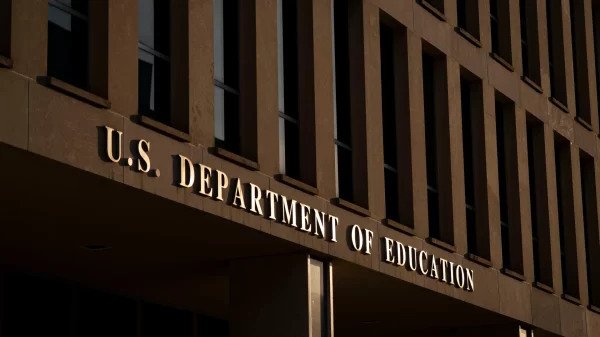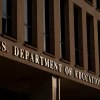|
Getting your Trinity Audio player ready...
|
Last week, the governor’s office released the official number of applicants for funding under the CHOOSE Act, the school choice program that was signed into law during the 2024 session.
Through the program, families can apply for up to $7,000 in an “education savings account” for a child in a participating school or up to $2,000 for children who will be homeschooled.
During this inaugural cycle with a soft income cap of three times the federal poverty line still in place, families applied for ESA funding for a total of 36,873 students. By race, ethnicity, and gender, applicants were fairly representative of the wider Alabama population, but a supermajority are coming from either private schools or homeschool.
15,436 of the students, or 41.9 percent of all applicants, were enrolled in private schools, and 9,070, or 24.6 percent, are coming from homeschool programs. By way of comparison, just 10,287 prospective CHOOSE Act beneficiaries, or 27.9 percent of the total application pool, are currently in public schools.
Carol Gundlach, a policy analyst for the progressive org Alabama Arise, told APR she thinks the CHOOSE Act, like the Accountability Act before it, is a “subsidy for people who have made a choice to put their kids in private school.”
The governor’s office strongly disagrees. “Whether a family is currently enrolled in a public school, private school or homeschool, every family applying is a taxpaying Alabama family,” Ivey’s communications director Gina Maiola wrote in an email to APR. “If there is a family already in a private school and sacrificing a great deal to afford their children with this type of education, and the CHOOSE Act can provide them financial relief, that is a good thing, no matter how the media may want to characterize it.”
“Throughout Governor Ivey’s tenure, we have funded public schools at record levels and that is continuing. No matter what the detractors say, Governor Ivey proves you can be a champion for public schools, while also being a staunch advocate for school choice,” Maiola asserted.
The education budget currently working its way through the state legislature would budget $9.89 billion in the 2026 fiscal year, an almost 6 percent increase over the current level.
And despite Gundlach’s concerns about the CHOOSE Act, she repeatedly praised the RAISE Act, an education funding reform passed by the state Senate last week, during her interview with APR. If signed into law, the legislation would begin allocating an average of $125 million a year towards the RAISE Fund, a program meant to distribute more resources to children that need it, like students experiencing poverty, learning English, or who need special education.
“We were real pleased to see the RAISE Act pass,” Gundlach stated, only to continue by comparing the total funding for the new needs-based initiative to the minimum funding level for the CHOOSE Act
“The money they’re taking from the opportunity fund to send into the RAISE Act would come out not a whole lot more than the 100 million a year that we are spending on the CHOOSE Act,” she complained. “If that’s annual, we could significantly raise the amount of money that we are spending for schools that are serving a disproportionate number of high-needs kids if we were not pulling money out for private school.”
According to the fiscal note for the CHOOSE Act prepared by Alabama’s Legislative Services Agency in March 2023, the program should “decrease the obligations of the Foundation Program, funded from the Education Trust Fund, by approximately $6,400 annually for each student … who otherwise would have attended a public K-12 school.”
Alabama’s current program for funding public schools, the Foundation Program allocates resources based on the number of students enrolled.
If students leave public schools for either private schools or homeschooling due to the CHOOSE Act, funding for the public schools they once attended would likely decline and may cause budgeting issues. But there won’t be any clarity about the actual effects of the CHOOSE Act on public schools’ projected budgets until late this year, if that.
Susan Wilhelm, the assistant director of the Alabama Department of Finance, told APR that “the impact of the Choose Act on enrollment and, subsequently, on funding would not likely be seen until the beginning of the next school year in Fall 2025.”
“Any changes in enrollment from year to year would need to be analyzed to determine the underlying reasons whether attributable to the CHOOSE Act or other factors such as shifts in the K-12 school age population,” she added.
Besides the opportunity cost of spending state money on helping parents afford private schools instead of investing in public schools, Gundlach also criticized the likely geographic bias of the program and “using taxpayer dollars for education that may have a very strong religious component.”
The 231 private schools participating in the CHOOSE Act aren’t evenly distributed throughout Alabama. Over ten counties, including Cleburne County, Coffee County, and Geneva County, don’t have one in their borders.
Moreover, almost half of the participating schools have “Christian” or “Catholic” somewhere in their name. And a lot of the schools without Christian or Catholic actually in their names are still plainly religious institutions, like the Sacred Heart School in Cullman.
Many of these religious private schools that will soon begin indirectly receiving state money thanks to the CHOOSE Act feature regular worship services and Biblical study. Quite a few, like First Baptist Academy, actually require signed professions of faith or membership in a church in order to apply.
As an example of how religion may affect students’ education, the K-6 handbook of Briarwood Christian School states that the “educational process will be measured by the criteria stated in Luke 2:52.” The handbook’s appendix declares that “God’s Word speaks unequivocally in declaring homosexuality and other sexual sins to be a perversion of His created order, His moral law, and the foundations of society” during a lengthy denunciation of the Supreme Court’s ruling in Obergefell v. Hodges.
Not all of the religious schools participating in the CHOOSE Act are Christian though. Both the Iqra Math and Science Academy and the Islamic Academy of Alabama incorporate teachings from the Quran in their lessons, while the N.E. Miles Jewish Day School offers Judaic classes and a Hebrew curriculum.
APR also reported last September that the Southern Cultural Center, a fringe neo-Confederate organization, has promoted the CHOOSE Act as a way for parents to teach the “truths of history” by applying for funding to homeschool their kids and then using a curriculum the organization supports.
Families that applied this round still have to be found eligible for CHOOSE Act funding and will be notified about whether or not they were selected in May. More information about the income of participating families, what schools may be receiving funding, and the varied effects of the CHOOSE Act on Alabama’s public schools will likely be revealed in coming months.



